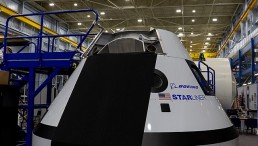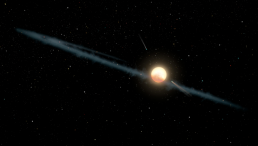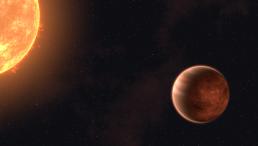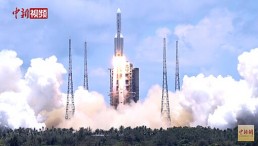Images captured by NASA's OSIRIS-REx spacecraft in 2019 revealed that pebbles were flying off the surface of the asteroid Bennu. The asteroid appeared to eject swarms of marble-sized rocks. This is the first time scientists have observed the asteroid's behavior. However, researchers show the first evidence of this process in a meteorite in a new paper published in Nature.
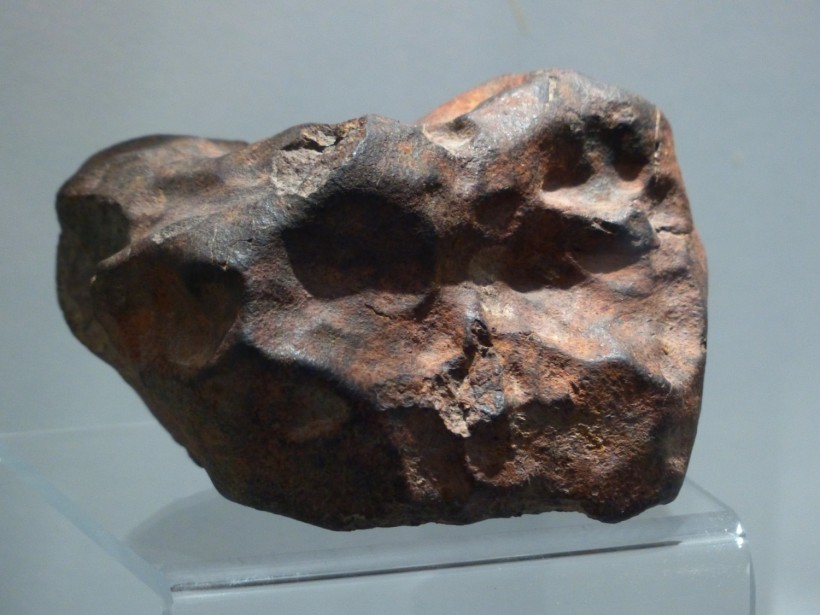
Meteorite Stone Rock Iron
Aguas Zarcas Meteorite Has Pebbles Resistant to Breaking Apart
Philipp Heck, the study's senior author, and his student, Xin Yang, were preparing the Aguas Zarcas meteorite for another study when they noticed something unusual while attempting to isolate very tiny minerals from the meteorite.
According to Arizona State University, Aguas Zarcas is a carbonaceous (CM2) meteorite that fell in Costa Rica on April 23, 2019. One 280 g (approximately 10 oz) piece struck a dog house, and another 1152 g (approximately 2.5 lb) piece ripped a grapefruit-sized hole in the roof of a nearby house.
The separation is accomplished by freezing it with liquid nitrogen and thawing it with warm water to break it up. However, the scientists noticed something odd about the meteorite they were studying. They discovered that some compact fragments would not separate.
Finding bits of meteorite that won't disintegrate isn't unheard of, according to Heck, but scientists usually shrug and break out the mortar and pestle. Xin stated that he would not crush the pebbles into the sand. Instead, the researchers devised a strategy to determine what the pebbles were and why they were so difficult to break apart.
Aguas Zarcas Meteorite Research Findings
The scientists compared the pebbles to the other rocks in the meteorite using CT scans. According to Heck, the components were all squished, which was unusual. Normally, they'd be spherical and oriented the same way. As a result of the same process, they were all deformed in the same direction. They concluded that something happened to the pebbles but not the rest of the rock.
They developed a hypothesis based on the 2019 OSIRIS-REx findings, which they supported with physical models. The asteroid collided at high speed, and the impact area was deformed. That deformed rock eventually broke apart due to the asteroid's massive temperature differences as it rotates, as the side facing the sun is more than 300° F warmer than the side facing away. Because of the constant thermal cycling, the rock becomes brittle and crumbles into gravel.
The pebbles are then ejected from the surface of the asteroid. Heck stated that they do not yet know what process ejects the pebbles. Smaller impacts or other space collisions could dislodge them or be released by the thermal stress the asteroid experiences. Heck claims that it doesn't take much to eject something once the pebbles are disturbed. The escape velocity is extremely slow. According to a recent study of Bennu, its surface is loosely bound and behaves like popcorn in a bucket.
The pebbles then entered a very slow orbit around the asteroid, eventually falling back to its surface further away from the deformation. The asteroid collided again, and the loose mixed pebbles on the surface were transformed into solid rock. It packed everything together, and the loose gravel transformed into a cohesive rock. The new rock could have been thrown into space by the same impact. That chunk eventually fell to Earth as the Aguas Zarcas meteorite, evidence of the pebble's mixing with it.
This could account for the pebbles discovered in Aguas Zarcas, making the meteorite the first physical evidence of the geological process observed by OSIRIS-REx on Bennu. Yang said that it provides a new way of explaining how minerals on asteroids' surfaces mix.
Heck believes the discovery is significant because scientists had long assumed that the primary way minerals on asteroids' surfaces were rearranged was through large collisions, which are rare.
RELATED ARTICLE: Canyon Diablo Meteorite that Slammed Earth 50,000 Years Ago Features a Different Diamond Crystal that Can Improve Electronics
Check out more news and information on Space in Science Times.




![Apple Is Developing Homegrown Chips to Run AI Tools in Data Centers [Report]](https://1721181113.rsc.cdn77.org/data/thumbs/full/53497/89/56/50/40/apple-is-developing-homegrown-chips-to-run-ai-tools-in-data-centers-report.jpeg)





